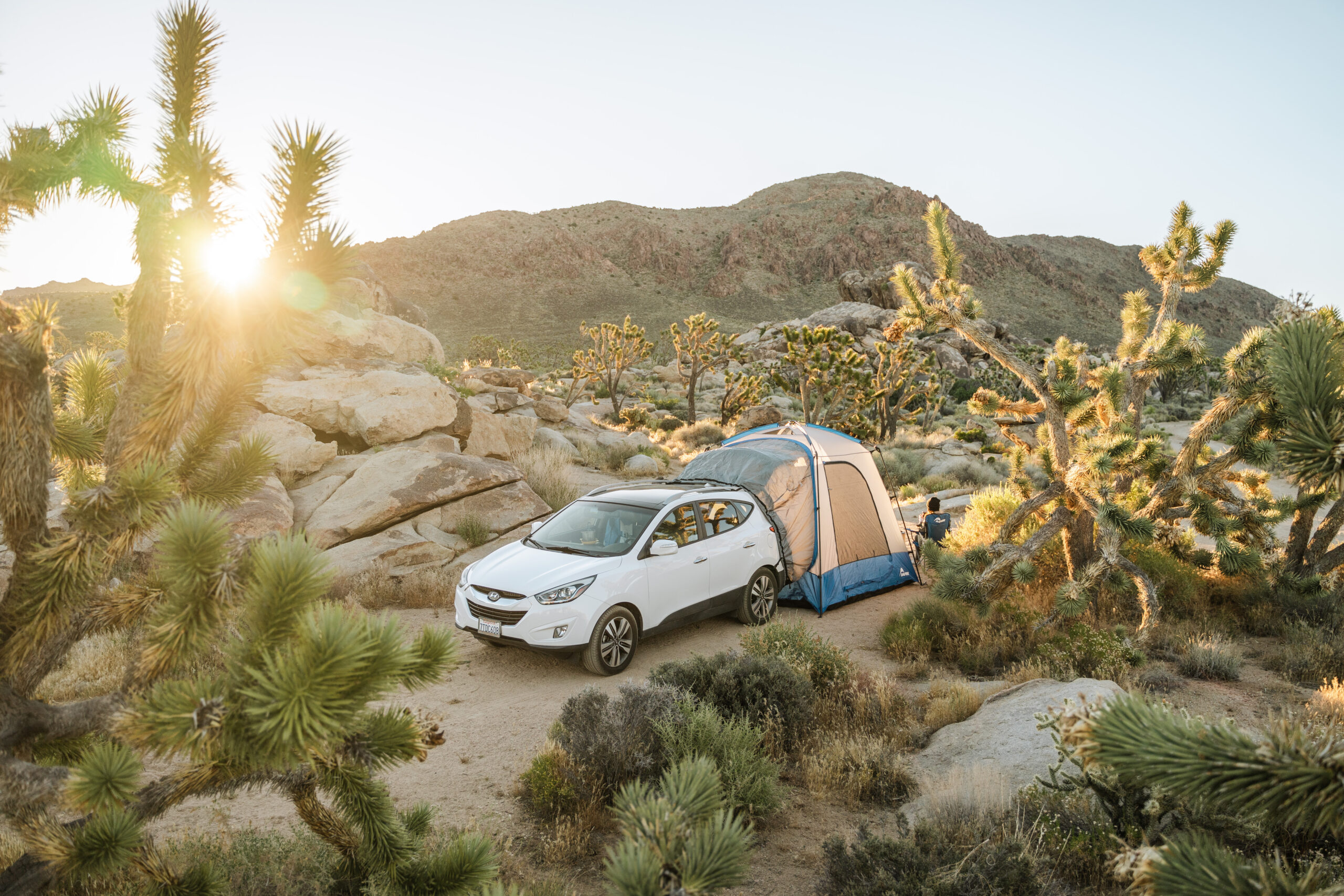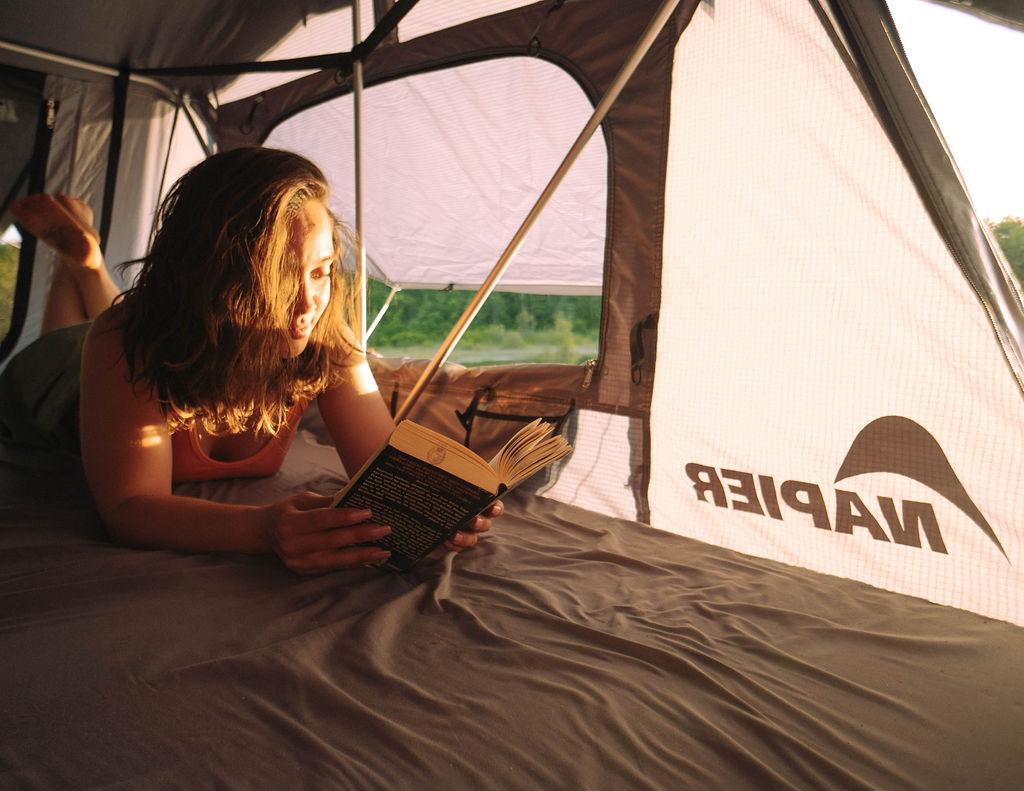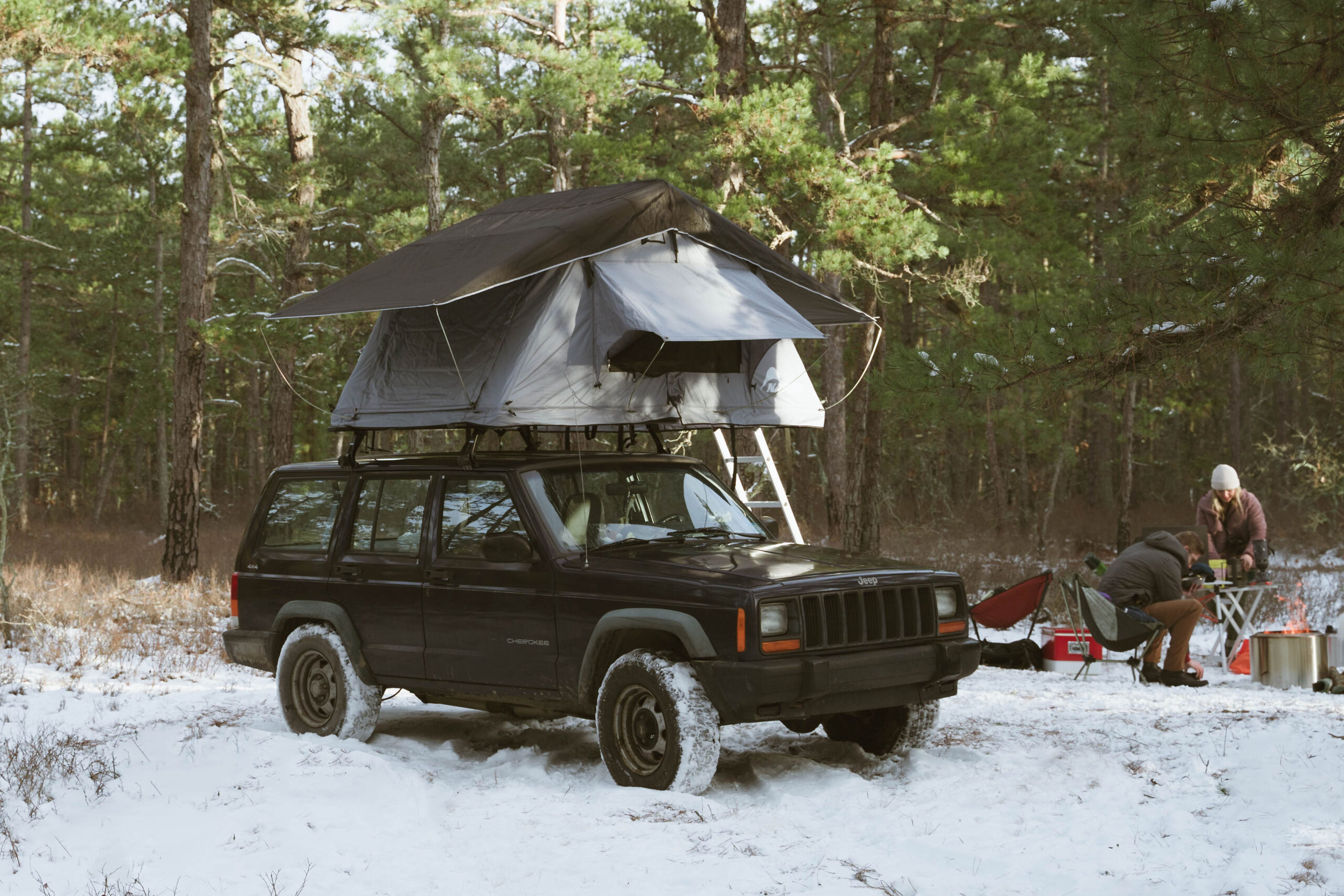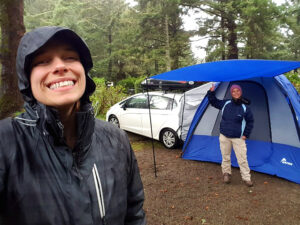Rainy weather doesn't have to put a damper on your outdoor adventures. In fact, with...
Read More- Shop
- Truck Tents
- Car & SUV Tents
- Rooftop Tents
- Car & SUV Awnings
- Ground Tents
- Camping Accessories
- Spare Tent Parts
- Shop Local – Find a Retailer

- Our Story
- Napier Nation
- Support
- Instructions & Manuals
- Product F.A.Q
- Warranty
- Return Policy
- Privacy Policy
- Contact Us
- Sign Up For Our Newsletter!

PRODUCT QUESTIONS & FAQ
Have a question? We have the answer! Search what other happy campers are asking, or ask your own question to our team. Get Support ➜PRODUCT OWNERSHIP
STAY IN TOUCH











